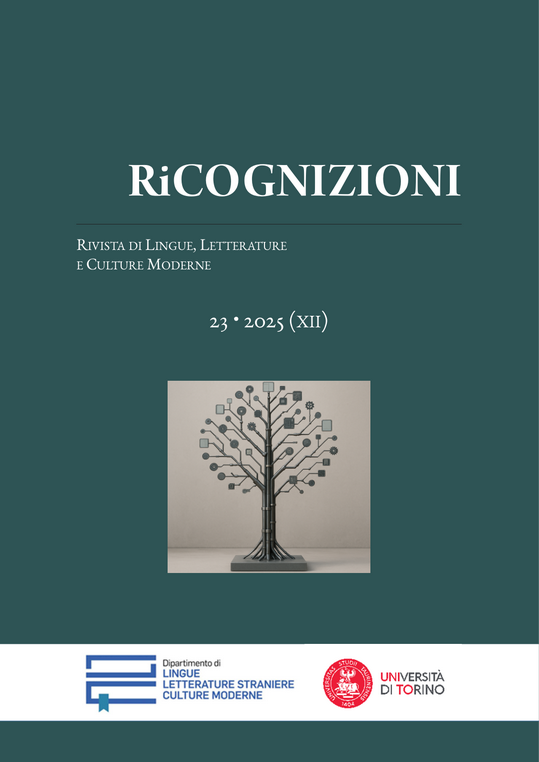Constraints on the Art and Craft of Constructing Languages
Lessons Learnt from Classic Interlinguistics
DOI:
https://doi.org/10.13135/2384-8987/11928Parole chiave:
Interlinguistics, Constructed languages, Conlanging, Language construction, Esperanto, KlingonAbstract
In the 21st century, constructed languages started to be normalized as an object of scientific study. Their construction has become increasingly popular thanks to the spread of the internet and, therefore, the availability of linguistic resources from the most ‘exotic’ human languages. The practice of constructing languages (in brief, conlanging) is often made by non-professional linguists with much enthusiasm and anecdotal experience but without a solid linguistic ground. Interlinguistics may be divided into four periods (prehistorical, classic, modern, postmodern), where conlanging is the postmodern part. From its history, contemporary conlangers can profit from the errors and successes of their predecessors of classic Interlinguistics. This period started with the publication of Volapük (1879) until the release by IALA of Interlingua (1951). Its protagonists were mainly involved in the quest for the optimal International Auxiliary Language (IAL); nonetheless, their lessons are still valid.
##submission.downloads##
Pubblicato
Come citare
Fascicolo
Sezione
Licenza
Gli autori che pubblicano su questa rivista accettano le seguenti condizioni:- Gli autori mantengono i diritti sulla loro opera e cedono alla rivista il diritto di prima pubblicazione dell'opera, contemporaneamente licenziata sotto una Licenza Creative Commons - Attribuzione che permette ad altri di condividere l'opera indicando la paternità intellettuale e la prima pubblicazione su questa rivista.
- Gli autori possono aderire ad altri accordi di licenza non esclusiva per la distribuzione della versione dell'opera pubblicata (es. depositarla in un archivio istituzionale o pubblicarla in una monografia), a patto di indicare che la prima pubblicazione è avvenuta su questa rivista.
- Gli autori possono diffondere la loro opera online (es. in repository istituzionali o nel loro sito web) prima e durante il processo di submission, poiché può portare a scambi produttivi e aumentare le citazioni dell'opera pubblicata (Vedi The Effect of Open Access).








